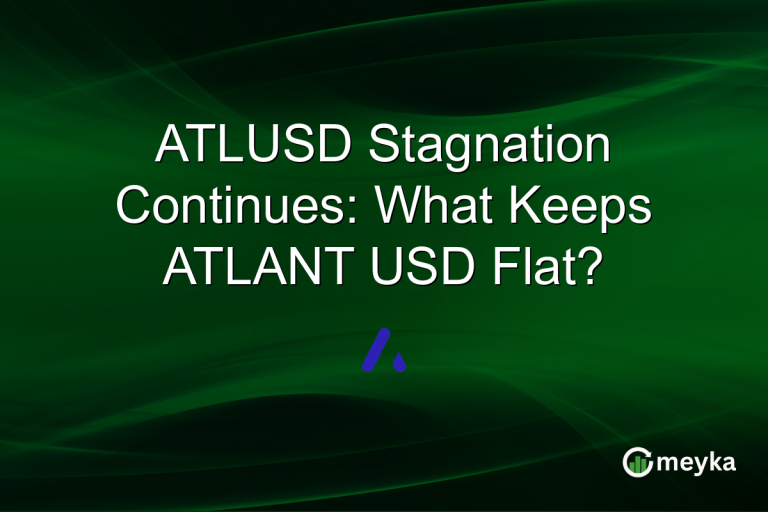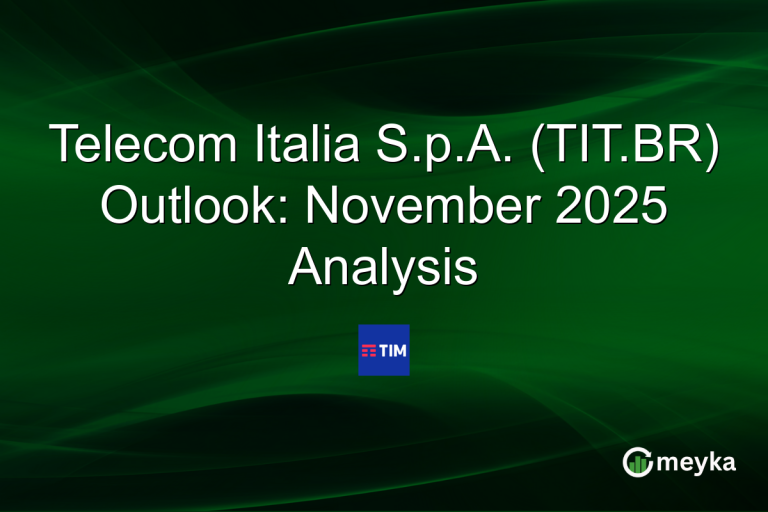SPY News Today: Market Poised for Volatility Post-Labor Day Closure
As U.S. markets gear up to reopen following the Labor Day holiday, investors are keenly eyeing the potential for increased volatility. With the SPDR S&P 500 ETF Trust (SPY) experiencing a recent dip of 0.58%, many anticipate significant market shifts ahead. This post-holiday environment often sees heightened trading activity, propelled by a mix of economic data and global market movements. Let’s explore the key factors shaping SPY market volatility.
Anticipating Post-Holiday Volatility
The closure of U.S. markets on Labor Day typically sets the stage for a surge in market activity once trading resumes. Investors are closely watching the SPDR S&P 500 ETF Trust as it currently trades at $645.16, having experienced a daily decline of $3.76. The significance of this move becomes clearer when considering broader market trends over the past year, where SPY showed a 2.05% increase. Economic indicators released in the coming weeks will likely play a pivotal role in influencing SPY market volatility.
Globally, traders are also attentive to external economic developments. As noted by Reuters, factors such as shifts in China’s economic policies and European market activities could further impact sentiment. With an annualized dividend yield of 1.11% for SPY, investors are evaluating both profits and risks as they position themselves in the market.
Overall, post-holiday trading tends to amplify reactions to fresh data releases, making it a period of intensified market attention.
Economic Data and Its Impact
The upcoming economic data releases are expected to have a significant impact on SPY and broader market movements. Following the holiday break, investor focus shifts to indicators like employment figures, inflation rates, and Federal Reserve announcements. These metrics can sway market perceptions considerably, influencing trading patterns amidst post-holiday exuberance.
The U.S. economy has been navigating mixed signals, which only adds to the complexity of forecasting. With SPY’s current average volume standing at 69.83 million, any unexpected data could trigger substantial trading activity. According to [Kiplinger](https://www.kiplinger.com/investing/stocks/is-the-stock-market-open-on-labor-day), understanding the nuances of these reports is crucial for making informed investment decisions during times of potential volatility.
Investors are advised to keep an eye on earnings announcements and earnings per share projections, even though there are none specified for SPY at the moment. These elements will likely impact market momentum as the trading week progresses.
Sectoral Influences and Global Markets
The sector dynamics also contribute to looming SPY market volatility. As an ETF encompassing major U.S. companies, SPY mirrors sectoral shifts that reflect broader economic conditions. The financial services sector, which heavily influences SPY, has been facing pressures from both domestic policy changes and international challenges.
In addition to home-grown economic markers, global influences cannot be ignored. China’s economy, for instance, has been experiencing fluctuations that ripple through international markets. With SPY’s market cap at $592 billion, the ETF is sensitive to global financial currents and sector shifts. The price movement in the SPY is a reflection of these intertwined factors, emphasizing the need for a comprehensive market outlook.
Tracking technical indicators, such as the Relative Strength Index (RSI) at 59.10, can provide further insights into potential trends. Investors should consider these indicators alongside macroeconomic data to navigate post-holiday trading effectively.
Technical and Momentum Indicators
Analyzing technical indicators gives us further insight into the market’s potential direction post-Labor Day. SPY’s Relative Strength Index (RSI) suggests that the ETF is not currently overbought or oversold, indicating balanced market conditions. Meanwhile, the Moving Average Convergence Divergence (MACD) is slightly below its signal, hinting at potential downward momentum.
Volatility indicators, such as the Average True Range (ATR) sitting at 5.10, signal the likelihood of broader price swings. Bollinger Bands provide additional perspective, with the upper band at 651.76 and the lower band at 628.60. These bands suggest a window for potential price movement, crucial for traders adapting to a fluctuating market environment.
Momentum oscillators, such as the Stochastic Oscillator, reinforce these insights. At 88.23, this indicator suggests that SPY could be nearing an overbought condition, which might trigger corrections if investor sentiment shifts quickly. Understanding these indicators can help investors plan their strategies in this potentially volatile period.
Final Thoughts
The post-Labor Day trading environment is poised to be a period of significant SPY market volatility, influenced by a blend of economic data and global developments. As we anticipate these shifts, leveraging platforms like Meyka could offer valuable real-time insights and analytic tools to enhance investment strategies. With SPY maintaining its status as a major market player, careful attention to economic indicators and sectoral shifts will be essential for navigating the upcoming volatility. Investors should remain vigilant, leveraging both technical and fundamental analyses to aid their decision-making.
FAQs
Post-Labor Day market volatility is influenced by the release of economic data, global market trends, and technical indicators that affect investor sentiment and trading activity.
RSI and MACD provide insights into market conditions, helping traders identify potential overbought or oversold situations and momentum shifts, guiding investment strategies.
Global economic data affects international markets, influencing SPY through sectoral shifts and investor sentiment, impacting price and volatility dynamics.
Disclaimer:
This is for information only, not financial advice. Always do your research.






